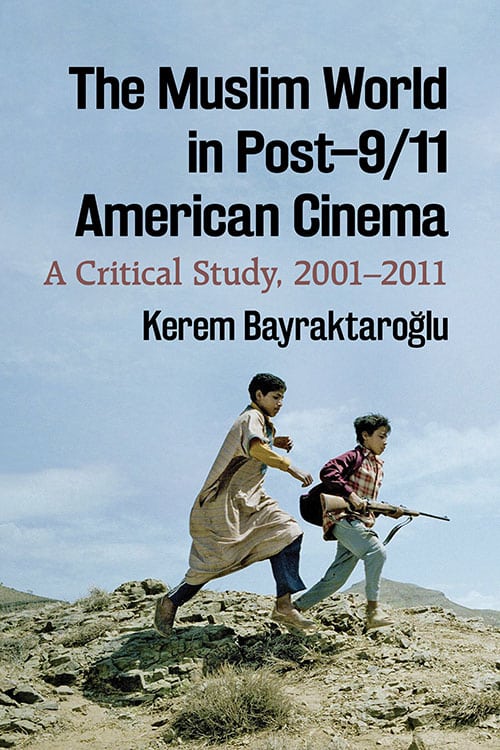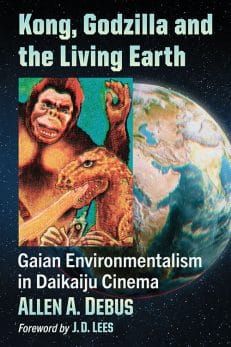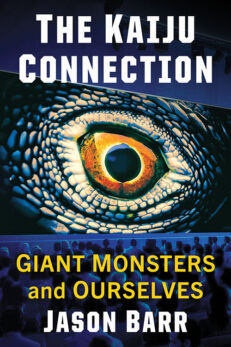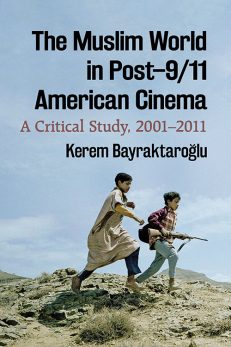The Muslim World in Post–9/11 American Cinema
A Critical Study, 2001–2011
$39.95
In stock
About the Book
Focusing on the decade following 9/11, this critical analysis examines the various portrayals of Muslims in American cinema. Comparison of pre– and post–9/11 films indicates a stereotype shift, influenced by factors other than just politics. The evolving definitions of male, female and child characters and of setting and landscape are described. The rise of the formidable American female character who dominates the weak Muslim male emerges as a common theme.
About the Author(s)
Bibliographic Details
Kerem Bayraktaroğlu
Format: softcover (6 x 9)
Pages: 229
Bibliographic Info: 8 photos, filmography, notes, bibliography, index
Copyright Date: 2018
pISBN: 978-1-4766-6667-9
eISBN: 978-1-4766-3363-3
Imprint: McFarland
Table of Contents
Acknowledgments vi
Preface 1
Introduction 3
1. Building a “Muslim World” for the Large Screen 11
2. Muslim Space Before and After 9/11 27
3. The Muslim Male Character Typology 65
4. White Female and Muslim Male Characters 97
5. From Stereotype to “New” Muslim Woman 124
6. Muslim Children 150
7. The Normalization of the Muslim World 179
8. “Be sincere, be brief, be seated” 188
Filmography 199
Chapter Notes 205
Works Cited 209
Index 219
Book Reviews & Awards
• “A rich and comprehensive comparative study”—Middle East Media and Book Reviews Online
• “Well-organized…a thorough analysis of the changes over time to representations of the Muslim world in American cinema…a crucial and timely intervention into the study of American cinema and its relationship to the Muslim world. …a worthwhile and important contribution to media studies”—Journal of Religion & Film





